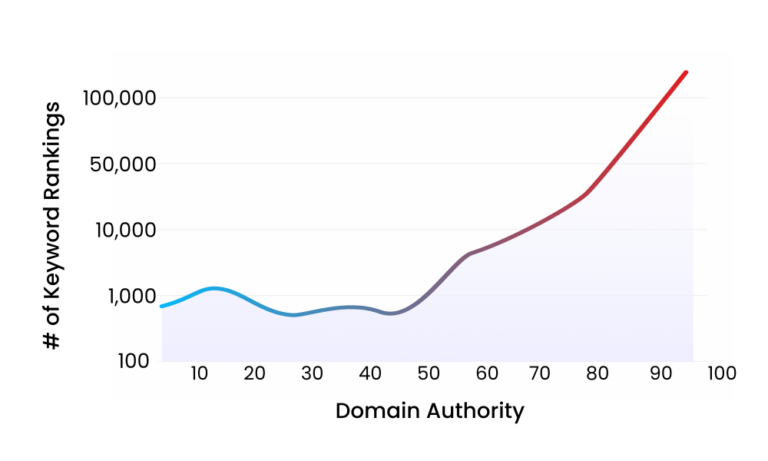Grasping CTR Control: Boost Your Website Traffic
In the world of electronic marketing, the ability to masterfully manipulate Click-Through Rates (CTR) stands as a pivotal skill for any web site looking to improve its online visibility. By diving into the intricate world of user experience (UX) and customer interface (UI) style, one can unlock the secrets to considerably boosting CTR and, as a result, website web traffic.
Recognizing CTR and Its Significance
Recognizing the click-through rate (CTR) is extremely important for comprehending the performance of internet marketing techniques and enhancing website performance. CTR is an essential metric that measures the portion of customers who click on a details link out of the overall variety of users who watch a advertisement, email, or web page. A high CTR shows that a big percentage of users locate the content appealing and appropriate, resulting in boosted traffic and potential conversions.
Checking CTR offers beneficial insights into the efficiency of numerous components such as advertisement copy, call-to-action buttons, and overall user experience. By evaluating CTR data, marketers can identify which techniques are reverberating with their target market and make notified choices to improve project efficiency. Additionally, recognizing CTR aids in A/B screening various variants to enhance efficiency consistently.

Crafting Compelling Meta Titles and Descriptions

Maximizing Your Web site's UX/UI for Higher CTR
After developing compelling meta titles and descriptions to improve website presence and click-through prices, the next crucial step is optimizing your website's UX/UI for higher CTR. To boost CTR via UX/UI optimization, begin by ensuring a instinctive and clean format that guides customers effortlessly through your internet site.
Furthermore, maximizing site rate is important as slow-loading pages can lead and discourage site visitors to a decrease in CTR. Executing responsive style to deal with users accessing your site from different gadgets is additionally vital for a favorable customer experience, which in turn can enhance CTR - ctr manipulation service. Conduct A/B testing to assess various design elements and make data-driven decisions on what reverberates ideal with your target market, eventually improving CTR via an optimized UX/UI method
Leveraging Schema Markup for Improved CTR
Carrying out schema markup on your site can dramatically improve click-through prices by offering search engines with organized data to much better understand and show your content. Schema markup is a type of microdata that can be included to your site's HTML to aid search engines existing richer and more interesting results for individuals.
In addition, schema markup can enhance the presence of your website in search results page via rich fragments, expertise graphs, and other improved attributes, which can eventually lead to greater click-through prices - Discover More. By leveraging schema markup successfully, you can make your internet site stand out in search results and attract more organic traffic by offering individuals with pertinent and beneficial details straight on the SERPs
A/B Analyzing and evaluating CTR Data

When evaluating CTR data, it is vital to focus on key metrics such as the average CTR, bounce rate, and conversion price. Recognizing these metrics permits web site owners to identify locations for renovation and carry out techniques to enhance user involvement. Furthermore, tracking CTR data over time makes it possible for the tracking of patterns and the assessment of the performance of any kind of adjustments made to the site. ctr manipulation. Inevitably, A/B screening and evaluating CTR information are vital tools for boosting web site performance and driving boosted traffic.
Final Thought
To conclude, grasping why not look here CTR adjustment is important for boosting web site web traffic. By comprehending the importance of CTR and carrying out strategies such as crafting engaging meta titles and summaries, optimizing UX/UI, leveraging schema markup, and performing A/B testing, site proprietors can significantly improve their click-through prices. Analyzing CTR data permits continual improvement and optimization of methods to drive even more traffic to the web site.
By diving right into the intricate world of individual experience (UX) and customer interface (UI) layout, one can open the keys to considerably improving CTR and, subsequently, website traffic. (Going Here)
After establishing compelling meta titles and descriptions to improve web site presence and click-through prices, the next crucial step is enhancing your website's UX/UI for higher CTR. To improve CTR through UX/UI optimization, beginning by guaranteeing a instinctive and clean design that overviews users perfectly with your website.Examining CTR information is crucial for optimizing internet site efficiency and boosting individual interaction.When evaluating CTR data, it is crucial to pay focus to crucial metrics such as the typical CTR, bounce rate, and conversion price.